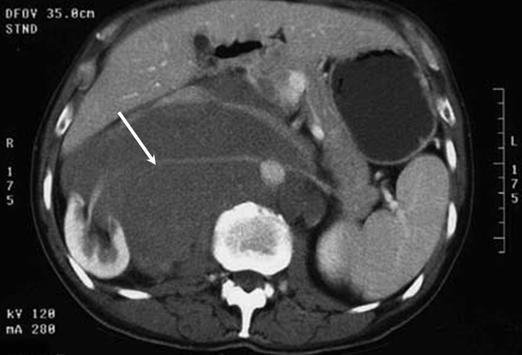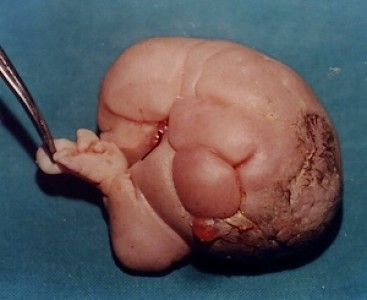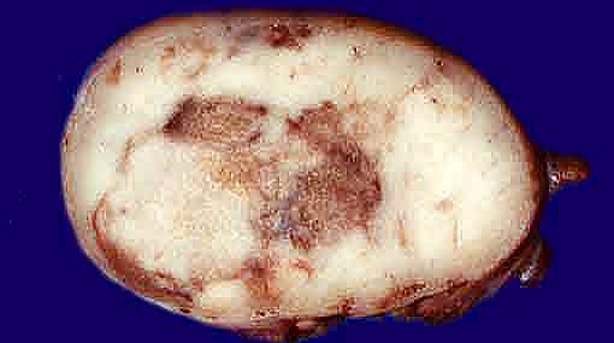Difference Between Teratoma and Seminoma

Seminoma and teratoma are germ cell tumours of the testis that share a lot of similarities between them; however, there are also a number of differences that distinguish them from one another. The basic difference between the two is their composition; seminoma is derived from the germ cell epithelium of the seminiferous tubules, whereas teratoma is a well-encapsulated tumour that derives its components from all three germ cell layers.
Seminoma is always malignant (cancerous), while teratomas can be benign as well as malignant. The former is one of the most treatable and curable cancers, with a survival rate of over 95 percent, if diagnosed in the initial stages. On the other hand, chances of recovering from the latter depend upon the constituent tissues, site, and the age of the patient. Furthermore, the management of almost all seminoma growths requires inguinal orchidectomy, whereas the treatment of malignant teratoma includes the complete surgical removal of the tumour.
The presence of placental alkaline phosphatase (PLAP) in the blood is commonly associated with seminoma, whereas elevated levels of alpha fetoprotein indicate the presence of teratoma in a person’s body.
Instructions
-
1
Teratoma:
A teratoma is a well encapsulated tumour with tissue or organ components derived from all three germ layers, endoderm, mesoderm and ectoderm. The tissues of a teratoma may be normal in themselves but they differ a lot from the surrounding tissues. Microscopic studies of teratomas have revealed that almost every tumour (malignant or non malignant) contains hair, teeth and bone. Some teratomas may also have complex organs like eyes, hands and feet.
Teratomas are further divided into two types; mature teratoma and immature teratoma, with the latter being cancerous. Biological studies suggest that all teratomas in adults are malignant, while the teratoma growths in children under 12 years of age behave as benign neoplasm. Teratomas are thought to be congenital, meaning they are present at the time of birth, but most of the time they are not discovered until adulthood.
The alpha fetoprotein level is usually very high in teratoma patients, and its management requires the surgical removal of the tumour, which is followed by chemotherapy.
Image courtesy: tumblr.com

-
2
Seminoma:
Seminoma is a germ cell tumour of the testis. About 50 percent of the germ cell tumours detected in the testis are seminoma, but the best thing about them is that they are usually very treatable and curable. A seminoma present in the female ovary is called dysgerminoma, while the one that occurs in the central nervous system is referred to as a germinoma. The most common symptoms of testicular seminoma include testicular and back pain. The average age of the diagnosis of seminoma is 40, and it is usually detected by the presence of placental alkaline phosphatase in the blood.
Image courtesy: diariomedico.com








